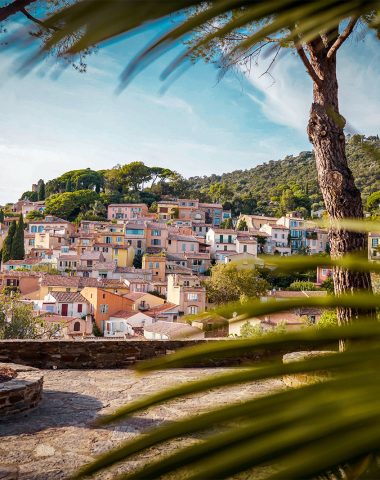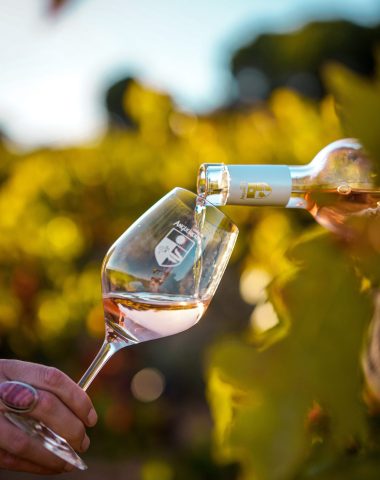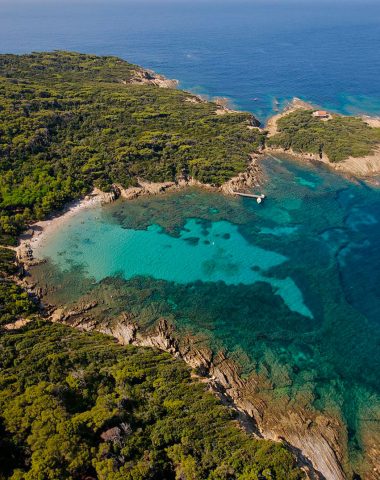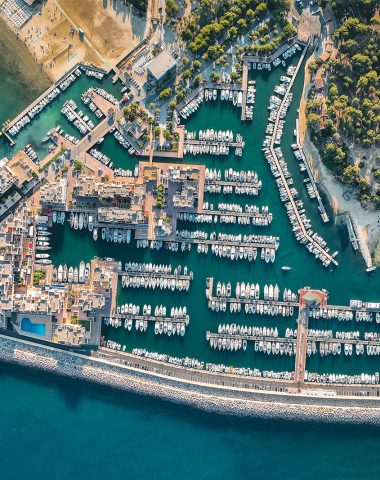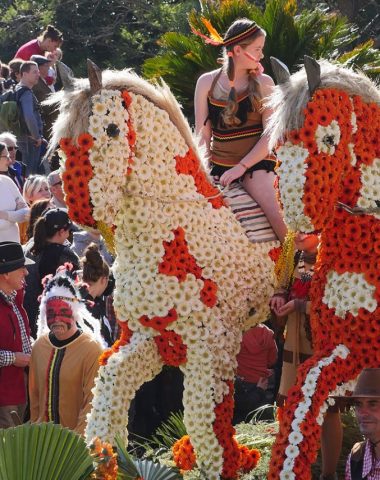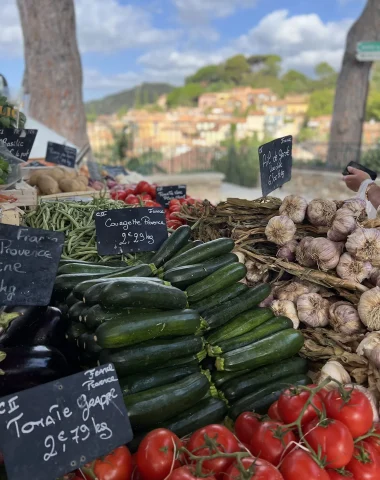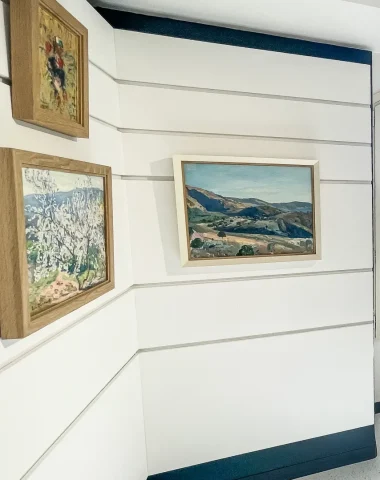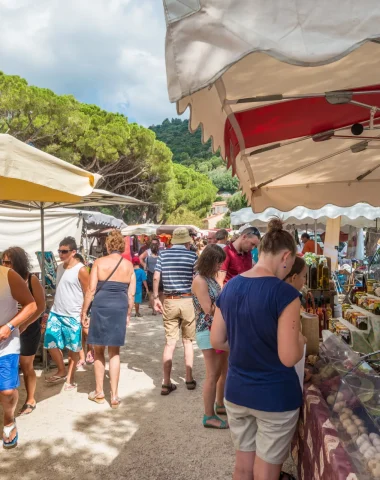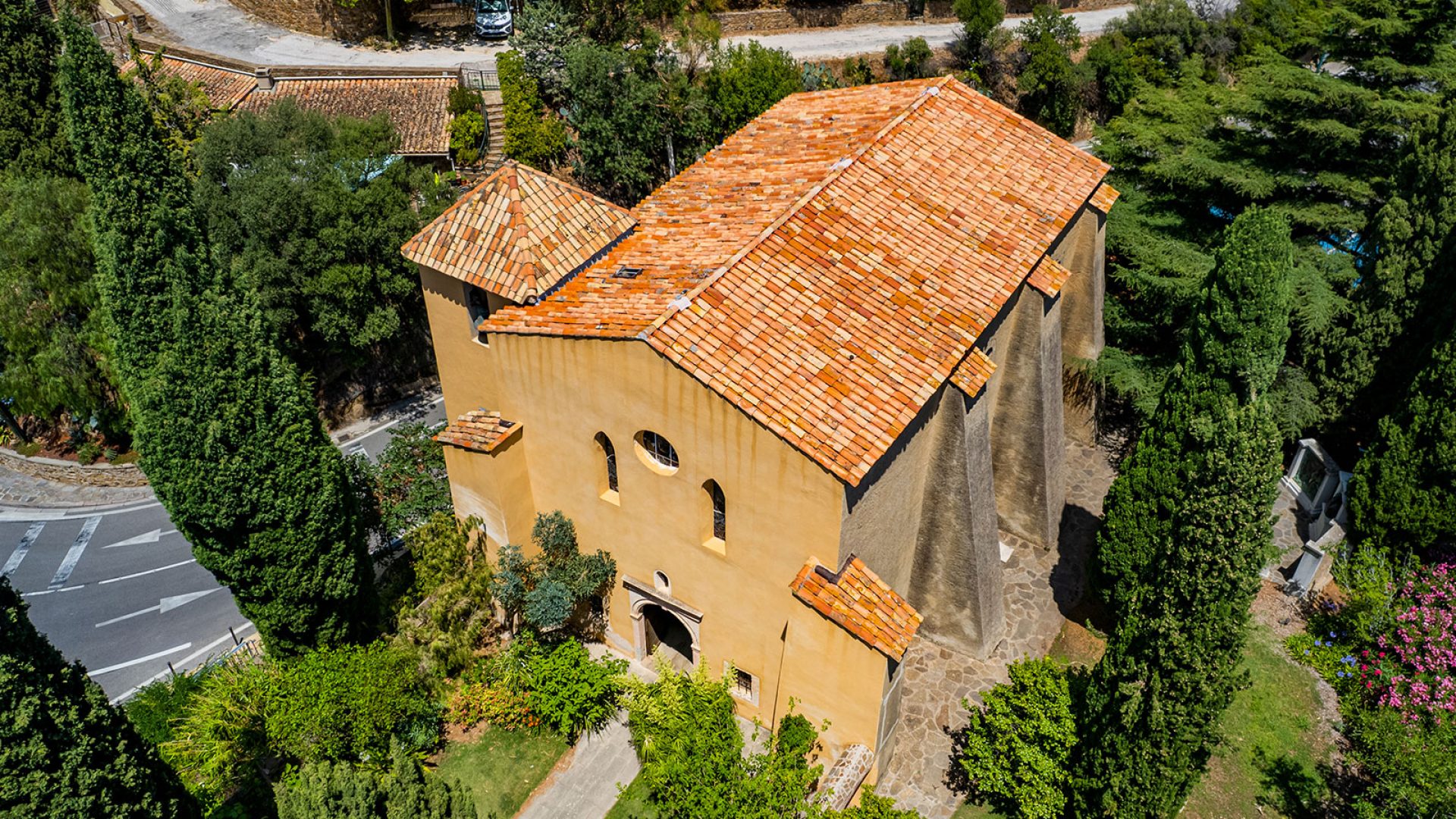Embark on a captivating journey along the Chemin des Sages, a project born from a visionary gathering of the Conseil des Sages, composed of wise individuals aged 60 and above, carefully chosen by local councilors for their wealth of experience. Inspired by the core principles of our Republican motto “Liberté, Égalité, Fraternité,” the council sought to breathe life into these ideals in the town of Bormes.
The Concept Takes Flight
A groundbreaking idea emerged during the council’s meeting—to adorn the town with phrases from renowned men and women, celebrated worldwide for their wisdom and humanism. The goal was to ignite the conscience of both passers-by and tourists, fostering a deeper connection with these universal values. To gain the support of the Mayor and the Council, the decision was made to integrate this pathway with the installation of historical plaques on the town’s iconic monuments. The members of the Conseil des Sages then meticulously designed the route through the medieval village and dedicated themselves to creating the perfect support, texts, images, and symbols for these plaques.

The butterfly, symbolizing joy, beauty, grace, and lightness of being, was chosen as the emblem of the project. Its transformative journey mirrors the essence of personal growth and rebirth. Just like the butterfly, we too experience different stages in life—a profound metamorphosis that allows us to release our past and embrace the beauty of who we’ve become. Symbolizing wisdom, the butterfly becomes a boundless source of inspiration. Beneath its delicate exterior lies an unwavering strength. Despite its ephemeral lifespan of a few days or weeks, the butterfly brings joy and exuberance through its graceful flight, fully savoring every moment that nature presents. Let us, like the butterfly, fearlessly embrace the experiences life offers us, both good and bad, knowing that they are fleeting. After all, our past experiences provide the best preparation for the future, allowing us to tread life’s paths with serenity.
Abbé Pierre’s Legacy
A life of service to the most disadvantaged: "Brother of the poor, peacemaker".
Enter the world of Abbé Pierre, whose life was devoted to serving the underprivileged—a true “Brother of the poor” and a peacemaker. Born Marie Joseph Henri Grouès on August 5, 1912, in Lyon, he embarked on a journey that would shape his destiny. Educated by the Jesuits and later joining the Scouts in 1925, Abbé Pierre’s path was forever influenced by these experiences. It was during a school trip to Rome in 1927 that he encountered the life of St. Francis, which ignited his religious calling. However, the young man, affectionately known as the “meditative beaver” by the Scouts, grappled with the choice between contemplation and activism—to retreat “into the desert” and focus solely on Jesus or to fight in the midst of challenges.
At the age of 19, Henri Grouès joined the Capuchin monks, known for their austere way of life, and took his vows on January 3, 1937, before being ordained as a priest in August 1938. His encounter with the horrors of the persecution of Jews and patriots led him to join the Resistance in July 1942. Adopting various clandestine identities, including that of “Abbé Pierre,” he eluded detection by the Gestapo and the Vichy regime police. Setting up smuggling networks in the Alps and establishing an identity card laboratory in his home, Abbé Pierre displayed immense courage.
During this tumultuous period, Abbé Pierre met Lucie Coutaz, a social worker who became his loyal collaborator for 39 years and a co-founder of Emmaüs. His leaders ordered him to cross the Pyrenees clandestinely to join de Gaulle in Algiers in May 1944. Following the war, he was encouraged to enter politics and served as a member of parliament from 1945 to 1951. In 1947, he rented a dilapidated house in Neuilly-Plaisance and founded Emmaüs, driven by his unwavering ideals. He opened an international youth hostel, where young individuals from families torn apart by conflict discovered the atrocities mankind is capable of, yet found peace in the aftermath
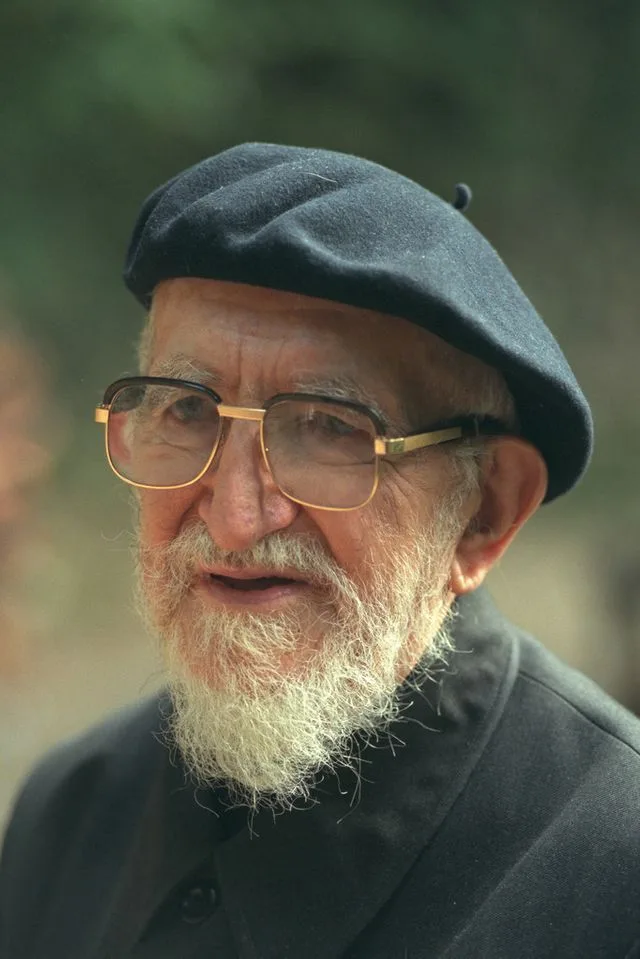
In 1949, Abbé Pierre encountered Georges Legay, the first companion of Emmaüs, leading to the establishment of the first community in Neuilly-Plaisance. To finance his endeavors, he even participated in the game show “Quitte ou double” on Radio Luxembourg in 1952, winning 256,000 francs that enabled him to acquire a truck and new land. Through his street campaigns, Abbé Pierre witnessed the urgent housing crisis faced by many. Outraged and deeply affected, he launched an appeal on February 1, 1954. The response from the public was overwhelming, with a surge of solidarity and a long-awaited political commitment to address the need for housing construction.
Abbé Pierre’s travels allowed him to share the Emmaüs experience, inspiring the creation of Emmaüs groups in various countries across Europe, South America, and Asia. As a survivor of a shipwreck in 1963, he realized the urgency and importance of establishing a structure to unite these groups. “Brother of the poor, provocateur of Peace”—this expression, placed at the top of Abbé Pierre’s curriculum vitae in 1967, encapsulates his lifelong commitment. His endeavors garnered international acclaim, as he fought for numerous causes worldwide. Alongside the M.U.C.M. (Mouvement Universel pour une Fédération Mondiale), which later became the M.U.F.M. (Mouvement Universel pour la Fédération Mondiale), Abbé Pierre founded, led, or participated in numerous federalist organizations, both global and European. On January 22, 2007, he passed away at the Val-de-Grâce hospital in Paris, leaving behind an extraordinary legacy.
The Saint-François Chapel’s Rich Heritage
The Saint-François de Paule chapel and its adjacent ancient cemetery hold a significant place in the historical tapestry of Bormes-les-Mimosas. Its origins trace back to the reign of King Louis XI, who, sensing his impending mortality in 1483, summoned the renowned Italian monk François de Paule. Despite the challenges posed by a raging plague epidemic and the closure of ports, François de Paule and his companions braved the stormy sea to reach France. In the village of Bormes, they found refuge and hospitality, and as a token of gratitude, François de Paule pledged to protect the village from the epidemic. In 1519, following his canonization, the people of Bormes constructed a chapel in his honor.
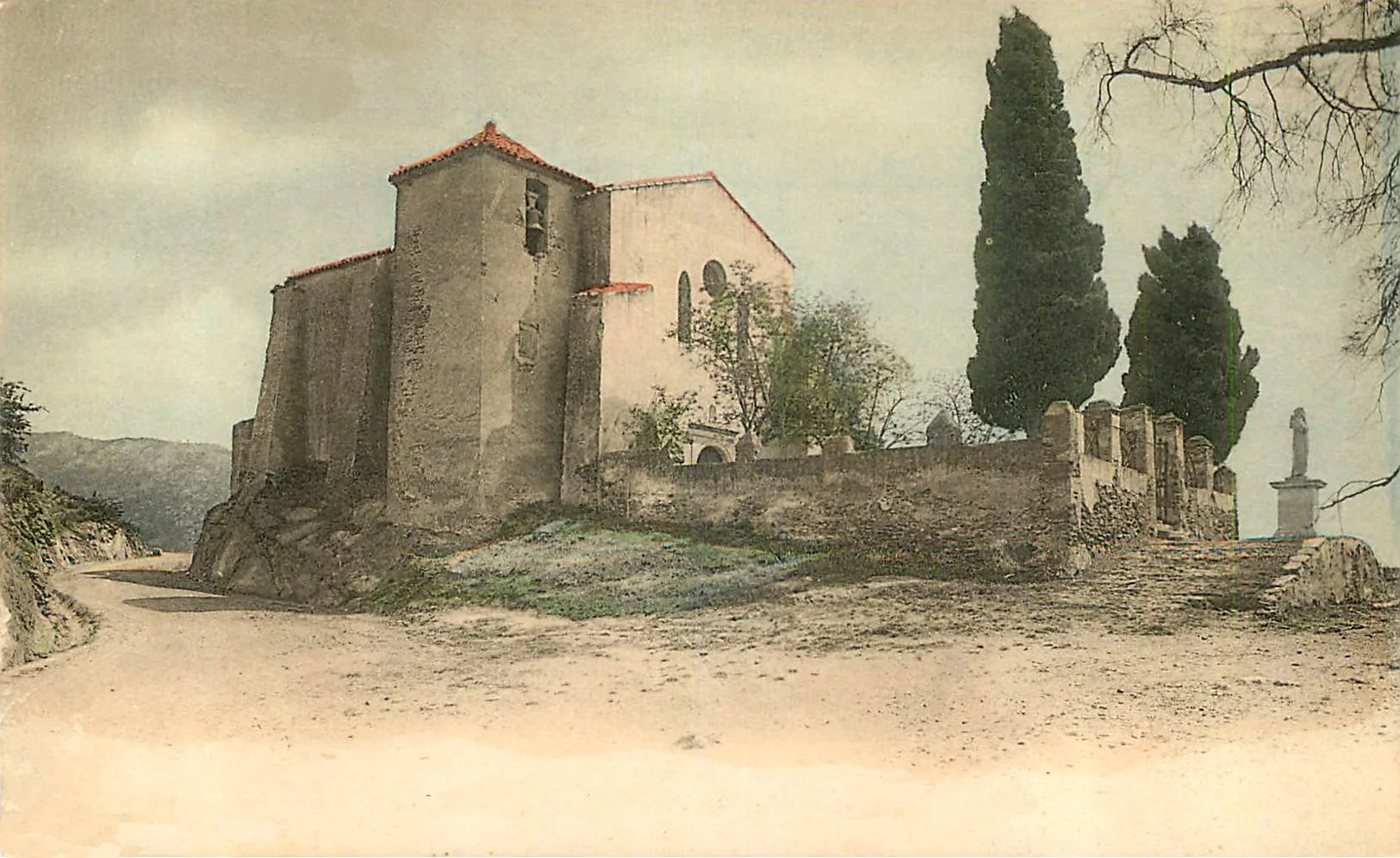
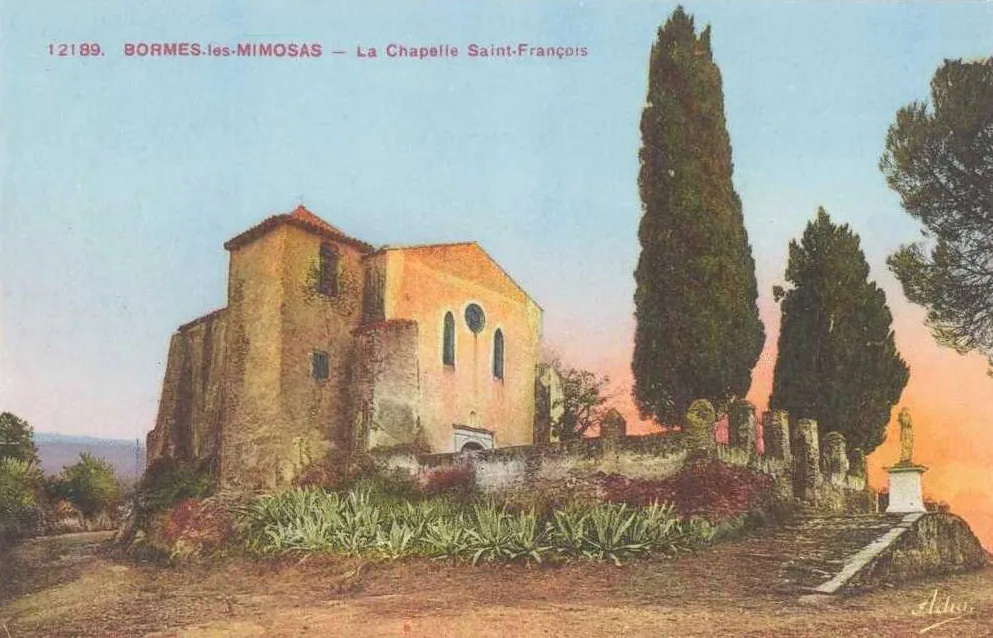
The chapel’s history intertwines with the Confrérie des Pénitents de Saint-François, established in Bormes in 1576. Originally headquartered in the Saint-Sébastien chapel, the brotherhood relocated to the Saint-François chapel on April 25, 1653. While the chapel’s construction dates back to 1519, tracing its precise origins is challenging. From 1653 to 1773, the chapel exclusively served as the headquarters of the Pénitents Blancs brotherhood. Subsequently, from 1773 to 1783, it temporarily functioned as a parish church during the construction of the present-day Saint-Trophyme church.
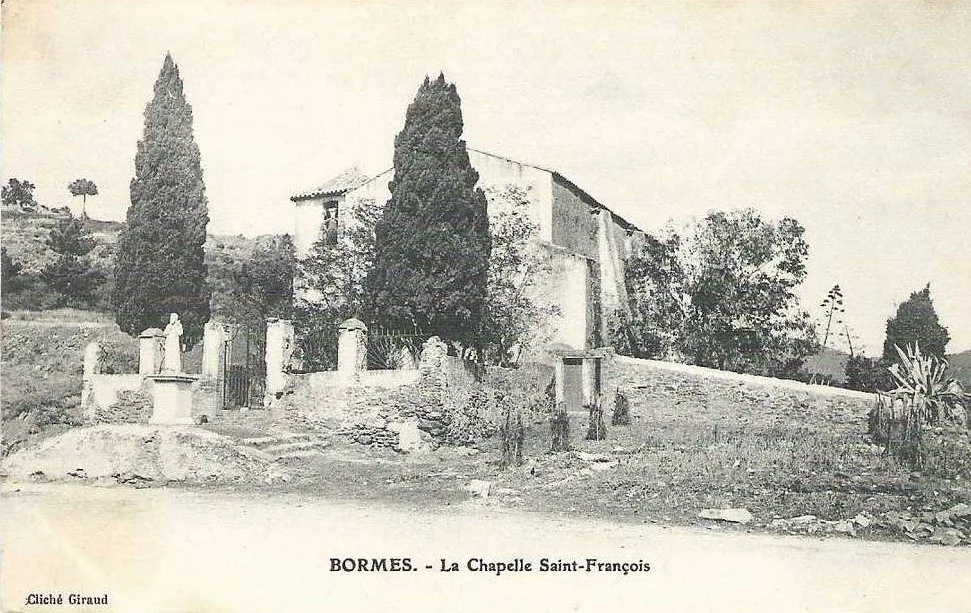
The Chapelle Saint-François de Paule has been a listed site since July 13, 1926, as a “natural site and monument of artistic character”. It has also been listed as a “Village and its surroundings” since February 12, 1962, and as a “Monument Historique” since April 11, 1963. Today, it is communally owned. It stands out for its exceptional location and picturesque value. Numerous artists, painters, draughtsmen, and photographers have attempted to capture its physiognomy. Among them, Jean Charles Cazin devoted a large part of his life as an artist to this site. Inside the chapel, you can admire a 17th-century gilded wooden altarpiece surmounting the white marble High Altar, as well as statues of Saint-François de Paule dating from the late 18th century.
In 2020, the chapel housed several listed objects, including paintings and reliquary statues.

To experience the full splendor of the Chemin des Sages and delve deeper into the fascinating stories that unfold along this path, we invite you to explore the Baludik app.
Scan the QR code and embark on an interactive journey filled with games, surprises, and a deeper connection to the rich heritage of Bormes.


